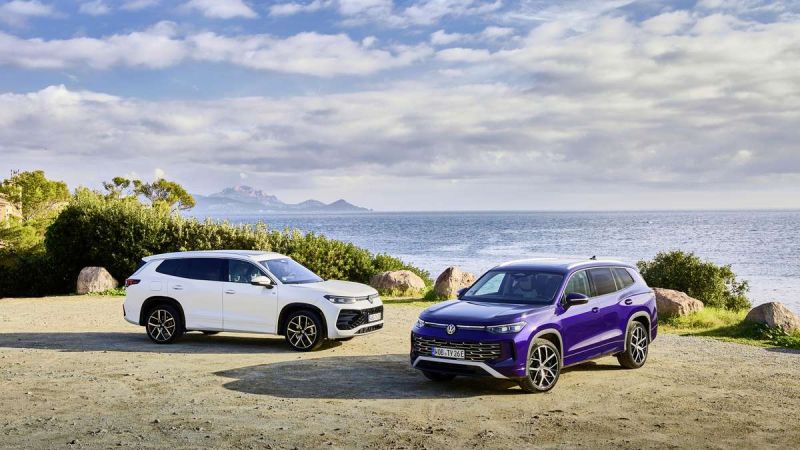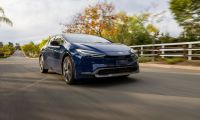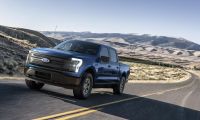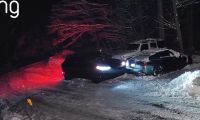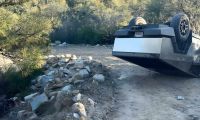The path from innovation to execution is littered with the bleached bones of good intentions. From Cadillac’s V8-6-4 to the original Chrysler TC by Maserati, the auto industry has never lacked for ideas, just the follow-through. And nowhere is this more obvious, or more aggravating, than in the digital cockpit of a modern Volkswagen, where the latest attempt at convenience seems hellbent on making cruise control something you’ll never want to use again.
How Volkswagen’s Cruise Control & Road Sign Recognition System Goes Haywire on the Highway
It all starts with what should be a helpful marriage of two features: cruise control and road sign recognition. On paper, this is pure 21st-century wizardry. The system scans for speed limits, then offers to dial your cruise control accordingly.
The problem, as “ThirteenMatt” on Reddit’s r/cars so aptly puts it, is that Volkswagen’s version has all the nuance of a marching band in a library.
“Basically, what it does is that when you are driving with cruise control and it sees a speed limit sign, it will ask if you want to set your cruise control accordingly. Without driver input, it does nothing.
That’s where Volkswagen's system is different: when it sees a speed sig,n it just changes. That might sound like a problem only if I want to be speeding, but that is not the issue. The issue is that it is not capable of knowing if the sign is for me or not. If there's a speed limit for vehicles over 3.5t, it will change to it. If there's a speed limit for towing, same thing. That speed limit on the exit ramp? That's also for you. Icing on the cake is that it won't just stop accelerating, it brakes quite hard to match the speed.”
Autonomous & Mobility Initiatives
- Volkswagen plans to deploy thousands of autonomous electric ID. Buzz minivans on Uber's ride-hailing platform in the U.S., starting with a commercial robotaxi service in Los Angeles in 2026. These vehicles will be equipped with self-driving software and sensors developed by Volkswagen's subsidiary, MOIA. Initial testing will involve safety drivers, with fully autonomous operations pending regulatory approval.
- Volkswagen is collaborating with Mobileye to develop Level 4 autonomous driving technology for its ID. Buzz vehicles. This partnership aims to integrate advanced sensors and software to enable the vehicles to operate without human intervention in specific conditions. The goal is to commence commercial operations of these autonomous vehicles in 2026.
- Volkswagen has introduced concept vehicles like the Gen.Travel and SEDRIC, showcasing its vision for fully autonomous transportation. These concepts feature modular interiors and are designed for Level 5 autonomy, eliminating the need for steering wheels and pedals. While not slated for immediate production, they represent Volkswagen's commitment to exploring future mobility solutions.
To the engineer in Wolfsburg, this probably sounded like progress, eliminate the pesky human, automate everything, and the world will be a safer, saner place. For “ThirteenMatt,” the real kicker was this,
“The national speed limit on highways here is 130km/h (about 80mph), and the worst case I had was driving at that speed when the system suddenly brake HARD with people around because it saw the 30km/h (about 20mph) sign on a road parallel to the one I was on.”
The Hazardous Flaw
But this isn’t just an annoying quirk, it’s a potentially hazardous flaw. Imagine barrelling down the autobahn, blissfully unaware that your car’s about to channel its inner Driving Miss Daisy because it saw a speed limit meant for delivery vans. As our protagonist laments,
“My partner's new company car is a Polo, and she doesn't want to use it because of that. If you drive around an urban highway, it will constantly change your speed for no reason.”
Traffic-Sign Recognition Technology
- Utilizing a front-mounted camera, the system detects and interprets traffic signs such as speed limits and no-overtaking zones. It promptly displays this information on the instrument cluster, assisting drivers in adhering to current road regulations.
- The technology combines visual data from the camera with GPS and map information to enhance accuracy. This fusion allows the system to recognize and inform drivers about changes in traffic regulations, even in areas where signs might be missing or obscured.
- In certain Volkswagen models, the system can adjust vehicle settings based on detected signs. For instance, upon identifying a new speed limit, it can prompt the driver to modify the cruise control setting accordingly, promoting compliance and safety.
Volkswagen, of course, isn’t alone in this arms race toward autonomy. The peanut gallery on Reddit is full of tales from the trenches.
“I once drove an ID3 with the sign recognition feature enabled, and it tried to go all the way down to 5 mph when it spotted a 5T weight limit on a bridge,”
Recalls “YourOwnBiggestFan.” Tesla’s version, depending on where you live, is a roulette wheel of arbitrary speed limits and sudden, inexplicable braking.
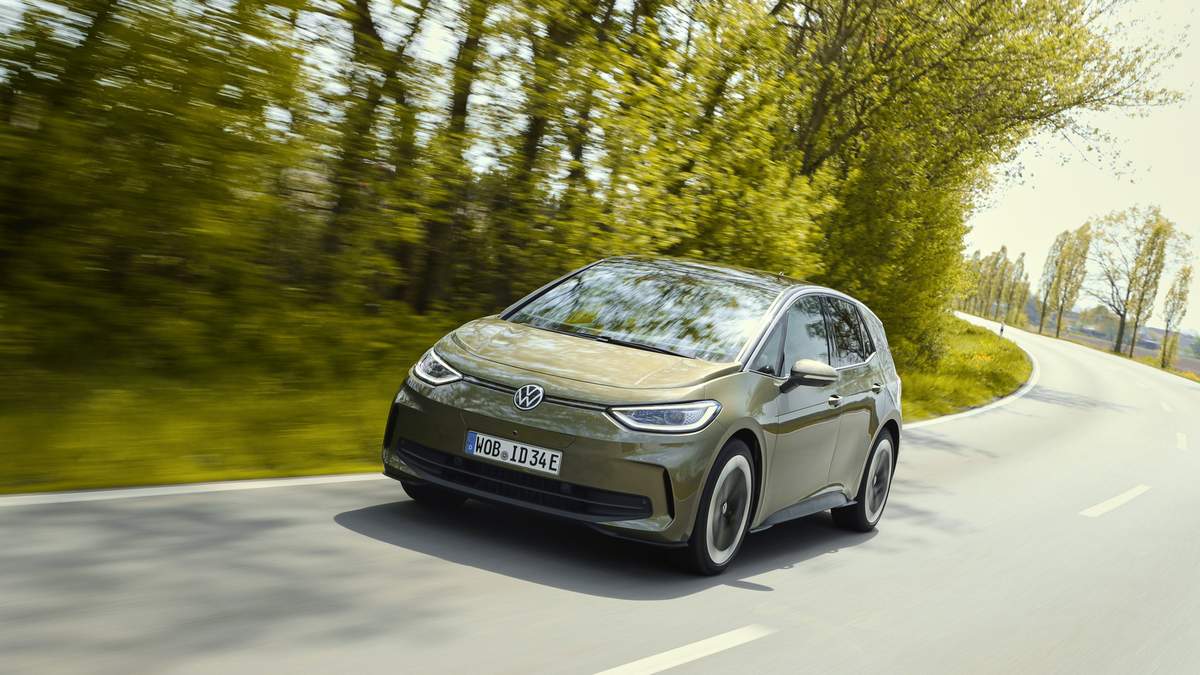
User “vakantiehuisopwielen” summed it up with a curse:
Advertising “Happy I don’t have that car anymore… even worse is the phantom braking. It thinks it sees a pedestrian or anything and brakes as hard as possible.”
In other words, we’re building smarter cars, but dumber commutes.
One of the more galling aspects is just how hard it is to turn off these misfeatures. As “ThirteenMatt” puts it,
“And it's not straightforward to deactivate, the option is buried quite far in menus. The cruise control has an ACC mode and a drive assist mode that are switched from a dedicated button on the wheel, so at first I thought this was it. But no, the feature is active in both modes, and you don't know it until it happens.”
It would be easy to write this off as a teething problem, the inevitable consequence of software eating the car. But as the Reddit hive-mind demonstrates, the issue is neither new nor exclusive to Volkswagen.
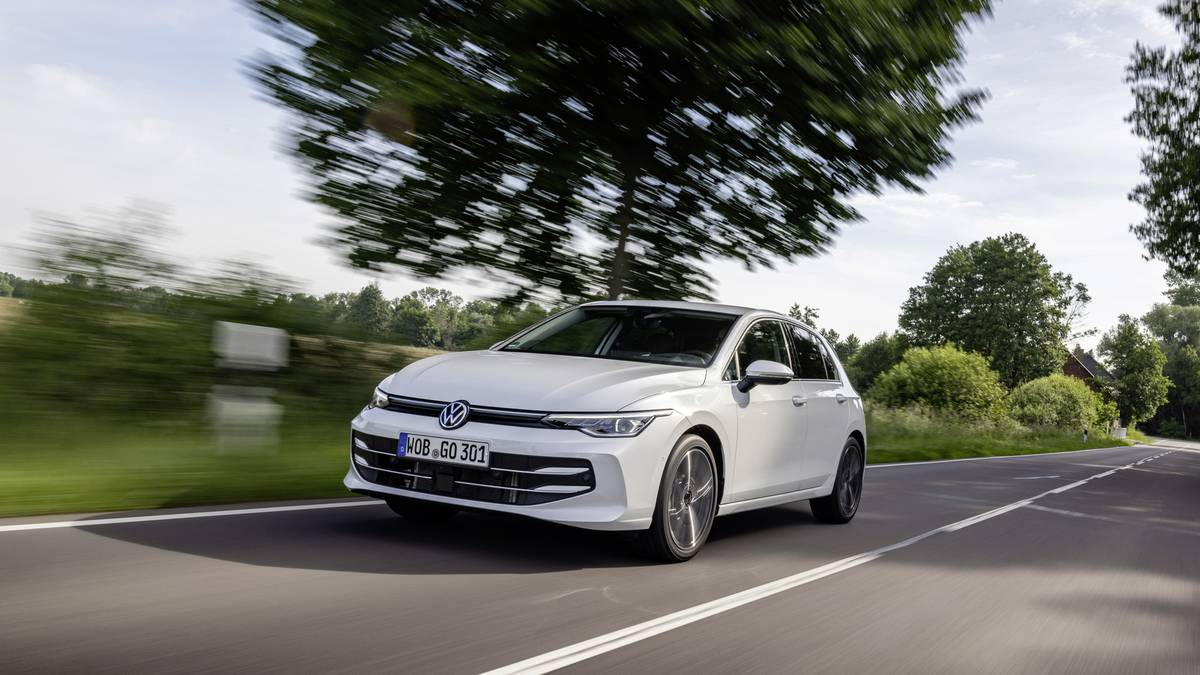
From Audi to Mercedes to Tesla, every badge seems to be running a public beta of features that don’t quite work.
“Can’t you just disable speed sign recognition?”
Asks one Tesla owner. Maybe. But will it stay off?
“But will it reset every time you turn on the car?”
The Lesson To Be Learned
There’s a lesson here, one that’s been repeated since the days of vacuum-operated wipers and push-button transmissions: just because you can doesn’t mean you should. The more clever our cars become, the more we risk surrendering the very thing that makes driving worthwhile: agency, control, and a sense of connection between human and machine. Instead, we get a four-wheeled version of Clippy, but with the power to stomp the brakes at 80 miles an hour.
In the end, maybe the real innovation isn’t in adding more tech, but in getting out of the way. As “ThirteenMatt” so aptly summarized:
“Tl;dr vw ruined cruise control by being too confident in their sign recognition technology.”
Have you ever used Volkswagen's automated cruise control?
How did it perform, and are you happy with the results?
Tell us in the comments what your thoughts are.
Image Sources: Volkswagen Newsroom
Noah Washington is an automotive journalist based in Atlanta, Georgia. He enjoys covering the latest news in the automotive industry and conducting reviews on the latest cars. He has been in the automotive industry since 15 years old and has been featured in prominent automotive news sites. You can reach him on X and LinkedIn for tips and to follow his automotive coverage.



